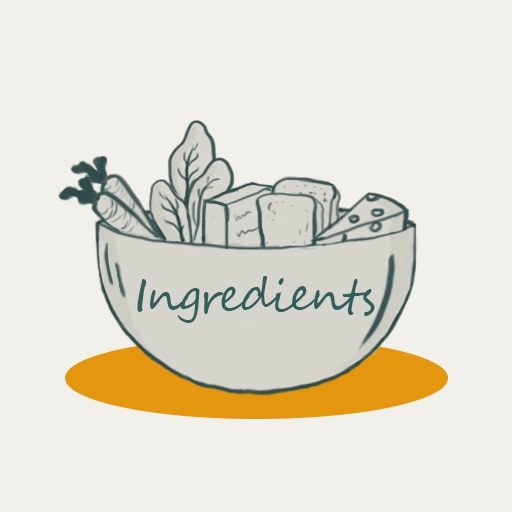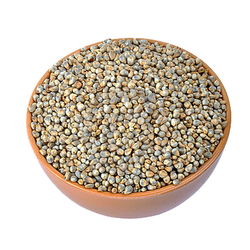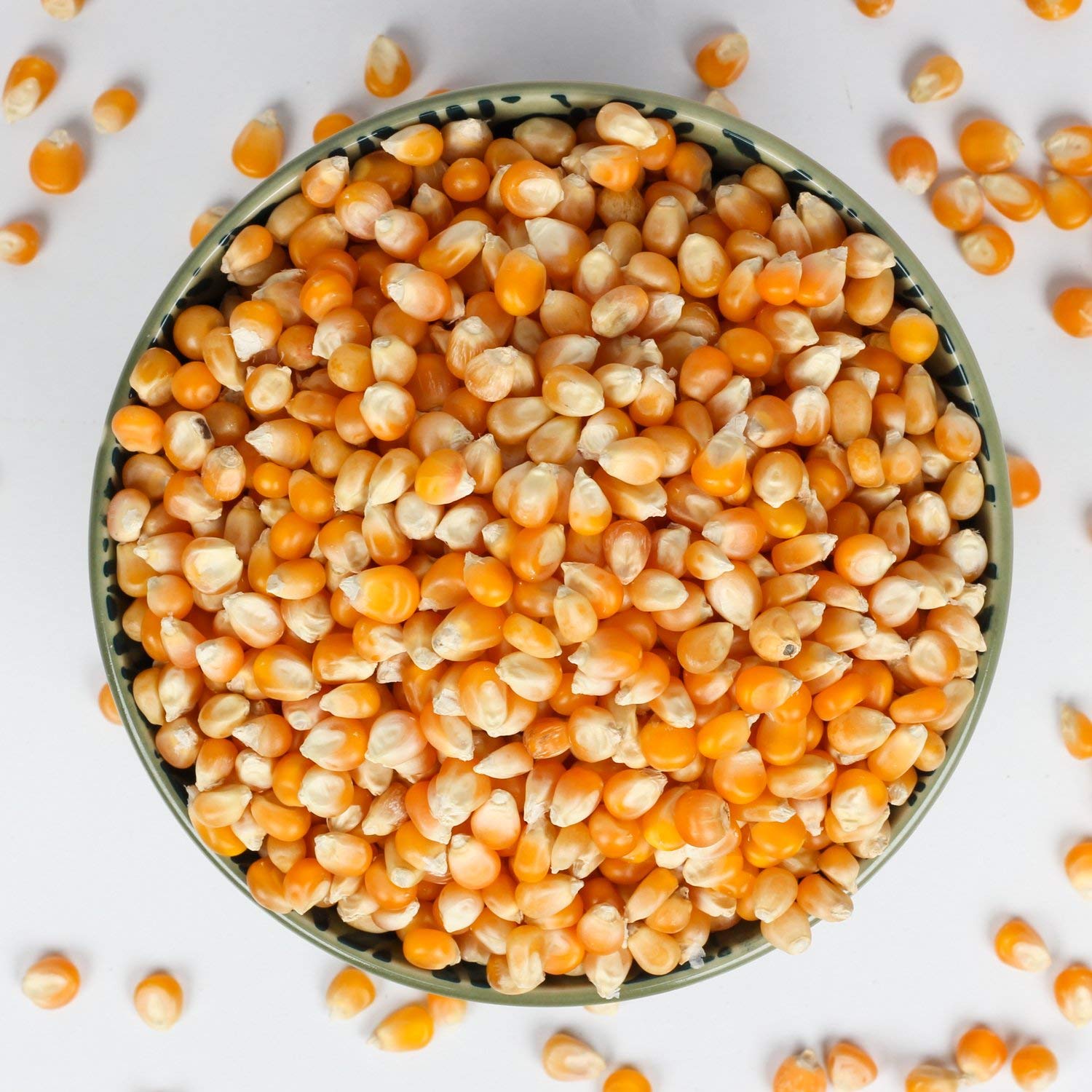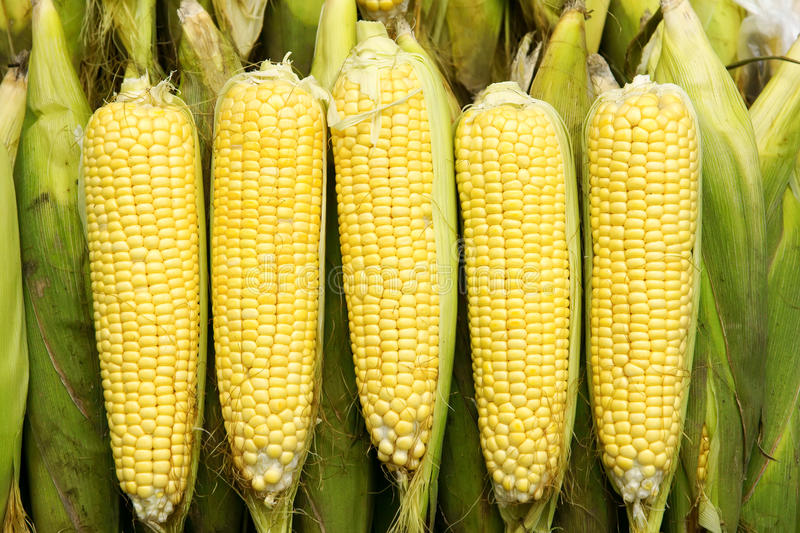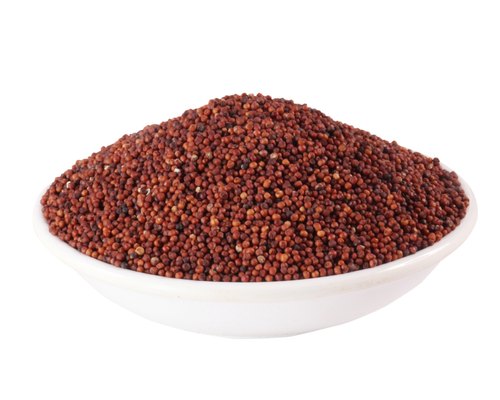Lauric Acid
Macronutrient
Last update date: November 09, 2023
Lauric acid is a fatty acid. Milk fat and butter obtained from grass-fed animals are a few good sources.
Frequently Asked Questions
1.
What is Lauric Acid?
Lauric acid is a type of fatty acid categorized as a medium-chain saturated fatty acid. It is naturally present in certain vegetable fats and oils, with significant amounts found in coconut oil and palm kernel oil. This particular fatty acid is also utilized for medicinal purposes, with claims that it can help combat viral infections such as the flu, common cold, and genital herpes. However, it is essential to note that currently, there is a lack of substantial scientific evidence to support these health claims regarding lauric acid's medicinal use.
2.
What does lauric acid do in the body?
Incorporating lauric acid into your diet can offer several potential health benefits. Some positive impacts of this medium-chain fatty acid include: Immune Support: Lauric acid possesses antimicrobial properties that may aid in bolstering the immune system, helping the body fend off harmful pathogens and infections. Quick Source of Energy: Being a medium-chain fatty acid, lauric acid is easily metabolized and converted into energy, making it a rapid and efficient source of fuel for your body. Heart Health: Some studies suggest that moderate consumption of lauric acid may contribute to maintaining healthy cholesterol levels, which can positively impact heart health. Skin Health: Lauric acid is known for its potential skin-soothing properties and can be found in some skincare products, providing moisture and nourishment to the skin.
3.
What is negative impact of Lauric Acid?
While lauric acid is commonly consumed in foods and is generally considered safe, there is currently not enough reliable information to ascertain its safety or potential side effects when used as a medicinal supplement. Therefore, it is essential to exercise caution when considering lauric acid as a medicine until further research provides more concrete evidence.
4.
Who should avoid Lauric Acid?
Lauric acid is commonly present in various food sources and is considered safe for most people when consumed as part of a balanced diet. However, if you are pregnant or breastfeeding, it is best to stick to food amounts rather than using larger quantities of lauric acid as medicine. Since its effects on infants during breastfeeding are not yet fully understood, it is prudent to err on the side of caution and avoid excessive use during this period.
5.
What foods have high lauric acid?
Lauric acid esters, primarily in the form of triglycerides, can be found in certain vegetable fats. Some common sources of lauric acid include: Coconut milk and oil: Coconut products are among the richest sources of lauric acid. Laurel oil: Lauric acid can also be found in laurel oil. Palm kernel oil: Another source of lauric acid is palm kernel oil. Keep in mind that these sources can be incorporated into a balanced diet to enjoy the potential health benefits of lauric acid while maintaining overall nutritional well-being.



